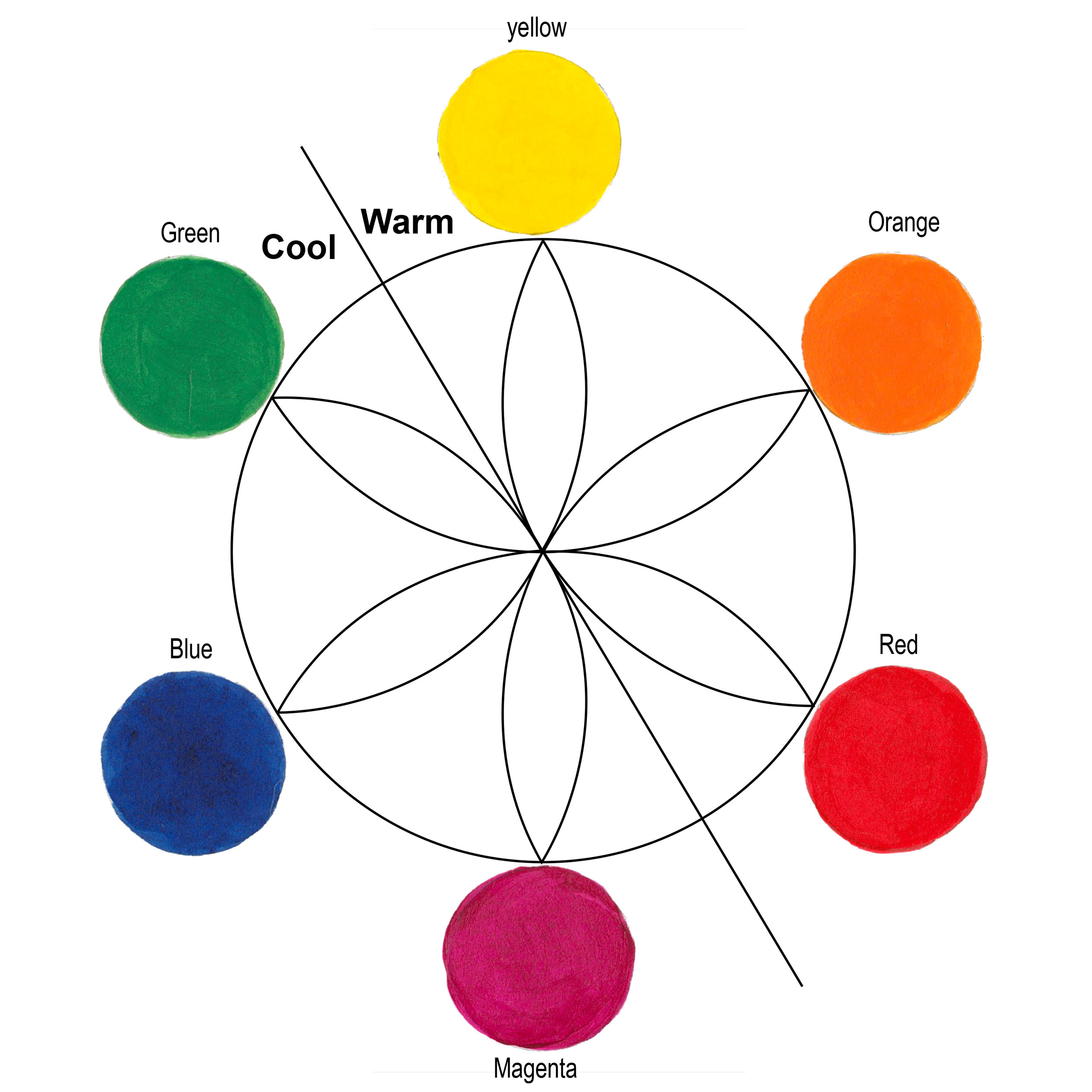Complementary Colors: The craft of balancing Opposites With Interior Design

When it comes to decorating interiors, attaining a harmonious and visually pleasing space is a aim that many property owners and designers aspire to. One of the most fascinating techniques in the realm of decorating interiors is the use of complementary colors. These colors, situated contrasting each other on the color wheel, have an inherent potential to produce a striking visual impression when paired together. In this write-up, we explore the captivating world of contrasting colors and how to master the craft of aligning opposites in your home decor.
Understanding Contrasting Colors
Opposite colors are pairs of colors that, when placed side by side, create a high contrast and dynamic outcome. They boost each other's intensity and establish a feeling of visual energy that can elevate the aesthetics of any interior space. The primary contrasting color pairs consist of blue and orange, red and green, and yellow and purple. Harnessing the capability of these color combinations can change your decorating interiors from ordinary to extraordinary. A good read
Creating a Vibrant Color Palette
Incorporating opposite colors into your interior design entails more than merely splashing contrasting hues onto the walls. A meticulously planned color palette accounts for the balance, harmony, and overall composition of the colors used. Begin by choosing a main color and then use its contrasting color as an accent. For instance, if your main color is blue, think about adding touches of orange to establish a animated and engaging atmosphere.
The Play of Heated and Refreshing Tones
Contrasting colors often contain a toasty tone and a chilly tone. This play between toasty and cool tones creates a energetic and captivating contrast. Warm tones, such as reds and oranges, evoke a feeling of energy and liveliness. On the other hand, chilly tones like blues and greens give a soothing and soothing influence. When harmonized harmoniously, this interplay of toasty and cool tones can create a captivating ambiance in your inside area.
Accessories and Furniture
Incorporating opposite colors doesn't stop at the walls. Extend this color harmony to your pieces of furniture and accessories for a cohesive look. Think about selecting a central piece of home furniture in one of the opposite colors and then accentuating it with accessories like cushions, rugs, and artwork in its contrasting counterpart. This approach forms a visual connection throughout the room, leading to a harmonious and well-thought-out design.
Achieving Equilibrium
While the use of complementary colors can inject a room with vibrancy, achieving a impression of balance is essential. Too much of one color can flood the space and disrupt the desired harmony. To prevent this, employ the 60-30-10 rule. Allocate 60% of the room to the dominant color, 30% to the secondary color, and 10% to the complementary accent color. This rule guarantees that the colors work together synergistically, creating an atmosphere that is captivating and soothing.
Lighting
Lighting plays a crucial role in interior design, and it becomes even more significant when working with contrasting colors. Different lighting conditions can change the appearance of colors, so it's vital to test your selected color scheme under various lighting circumstances. Natural light, warm artificial light, and cool fluorescent light can all impact how the colors blend. By taking into account these factors, you can fine-tune your color choices to achieve the desired outcome, no matter the time of day.
For read more design tips see Michigan Interior Design
Case Studies
To truly grasp the impact of contrasting colors, let's explore a few case studies where this method has been masterfully executed:

Case Study
In a modern living room dominated by shades of subdued gray (60%), a lively pop of rusty orange (30%) adorns the room through accent chairs, cushions, and a statement artwork. This clever use of complementary colors brings life to the space without overwhelming its sophisticated atmosphere.
Case Study
A calm bedroom retreat is brought to life by pairing soft, muted shades of subtle green (60%) with subtle touches of coral (30%). The gentle interplay of these complementary colors infuses the room with a sense of serenity and tranquility, creating an oasis of relaxation.
Summary
The art of aligning opposites through complementary colors is a powerful strategy in the realm of interior design. By understanding the dynamics of warm and refreshing tones, creating a cohesive color palette, and strategically incorporating these colors into your furnishings and accessories, you can heighten your living spaces to new heights of beauty and artistic delight. Remember, achieving equilibrium and considering lighting are key components of productive implementation. So go ahead, embrace the magic of opposite colors, and transform your home into a masterpiece of design.
